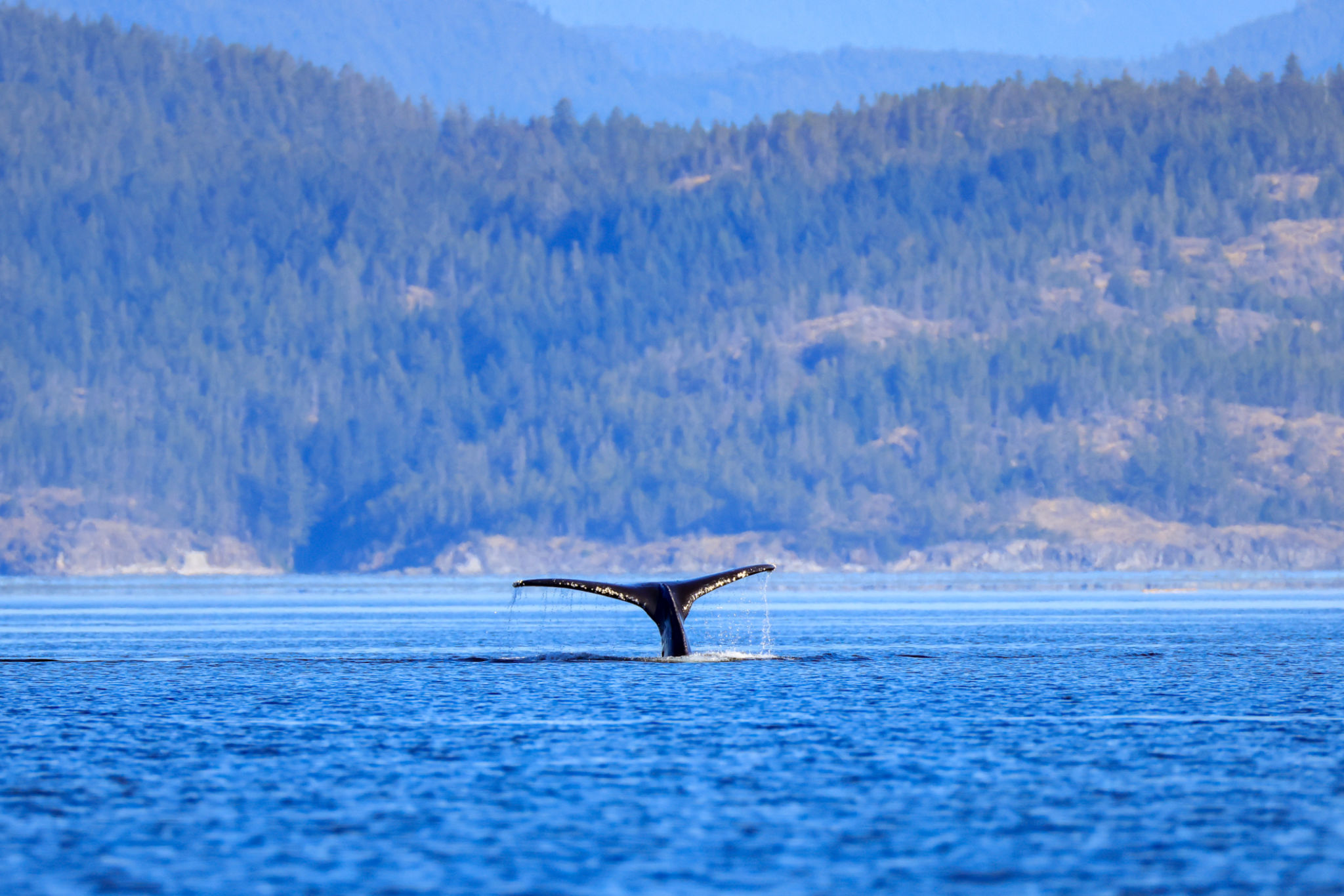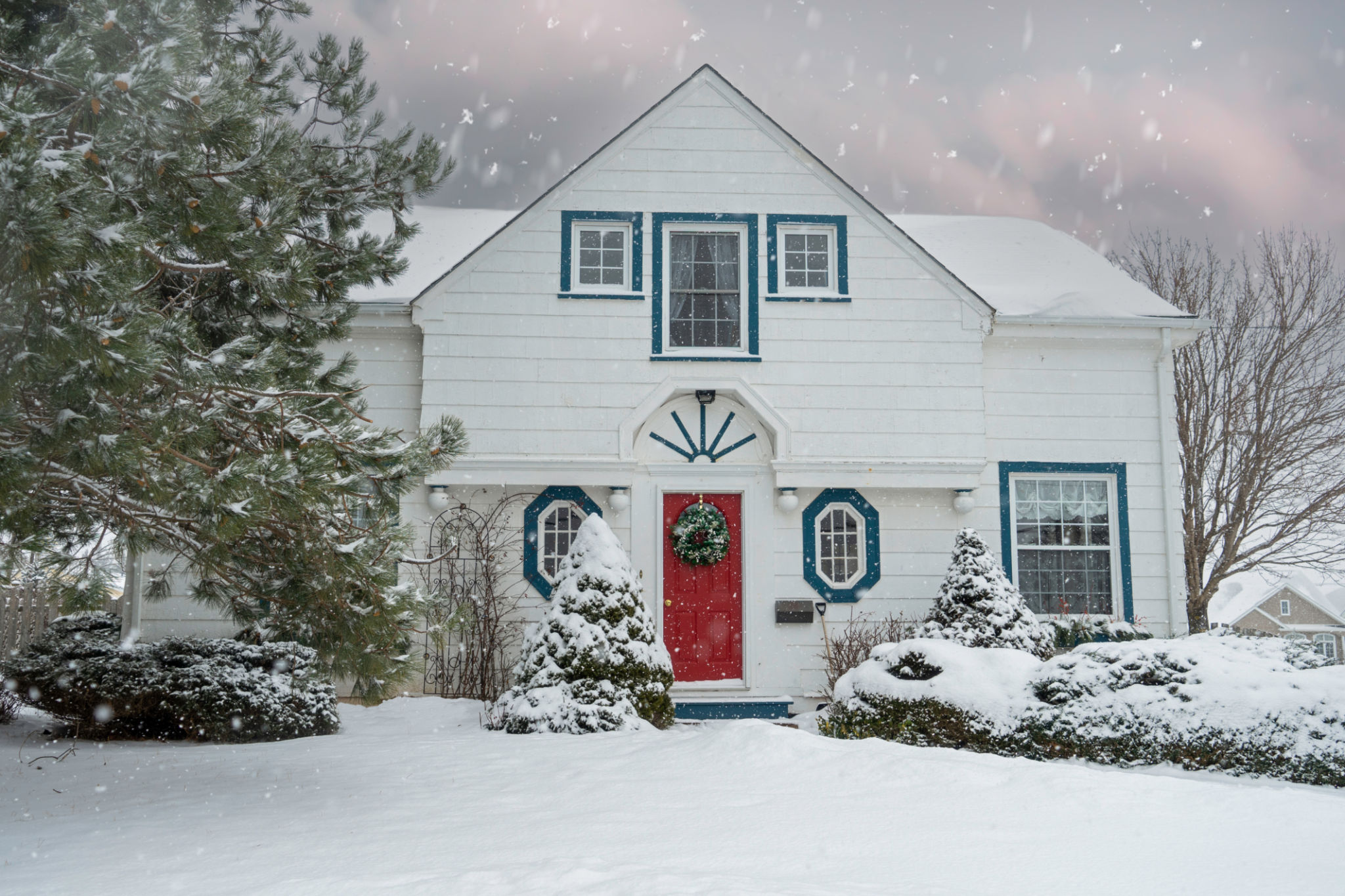Preparing Your Property for Winter Wildlife Activity in Alberta
Understanding Alberta's Winter Wildlife
Alberta's diverse landscapes become a snowy wonderland during the winter months. This cold season is not only a beautiful sight but also a critical period for local wildlife. Animals such as deer, foxes, and various bird species remain active throughout the winter, and your property can become a sanctuary for them. Preparing your property to support these creatures helps maintain ecological balance and enhances your winter wildlife-watching experience.

Creating a Welcoming Habitat
One of the first steps in preparing your property is to ensure it provides a welcoming habitat for wildlife. Start by assessing your current landscape and identifying areas that can be enhanced for wildlife activity. Trees and shrubs are vital as they offer shelter and food sources. Consider planting native species such as spruce or juniper, which provide both cover and berries for birds and small mammals.
Additionally, leave some natural debris like fallen branches or leaf piles around your property. These elements create ideal hiding spots and nesting areas for various critters. Remember, a little messiness can significantly contribute to a thriving ecosystem.

Providing Food Sources
Winter can be challenging for wildlife as natural food sources become scarce. You can help by providing supplemental food. Install bird feeders filled with seeds high in fat, such as sunflower seeds, which are excellent energy sources for birds during cold months. For larger wildlife like deer, consider placing salt licks or corn in designated areas away from roads to prevent accidents.
Ensure that any food you provide is suitable for the local wildlife and is offered in moderation to avoid dependency. Always clean your feeders regularly to prevent the spread of disease.

Ensuring Safe Water Access
Access to fresh water is crucial for wildlife survival during the winter. Many water sources freeze over, making it difficult for animals to hydrate. Consider installing a heated bird bath or keeping an area of a pond thawed using a small heater. This effort will attract a variety of wildlife, ensuring they have adequate hydration throughout the season.
If using any electrical devices, ensure they are designed for outdoor use and regularly check for any malfunctions or safety hazards.
Minimize Disturbances
While it's exciting to observe wildlife up close, minimizing disturbances is essential. Loud noises or frequent human presence can stress animals and drive them away from your property. Observe from a distance using binoculars or cameras with zoom lenses to avoid disrupting their natural behavior.

Gardening Tips for Wildlife Support
Even in the winter months, certain gardening practices can benefit local wildlife. Leave seed heads on plants like coneflowers and sunflowers through the winter, as they provide food for birds. Additionally, avoid pruning shrubs and trees until spring to maintain shelter and nesting sites.
By incorporating these simple gardening techniques, you contribute to a thriving ecosystem that supports wildlife all year round.

Preparing for the Spring Transition
As winter comes to an end, start preparing your property for the spring transition. Gradually reduce supplemental feeding to encourage wildlife to return to natural food sources. Clean and store any feeders and equipment used during the winter months.
Begin planning for spring planting by selecting native plants that will continue to support local wildlife throughout the warmer months.
Conclusion
By taking proactive steps to prepare your property for winter wildlife activity in Alberta, you not only support the survival of local species but also enrich your own experience of nature's wonders. With thoughtful planning and consideration, your property can become a haven for wildlife even in the coldest months.